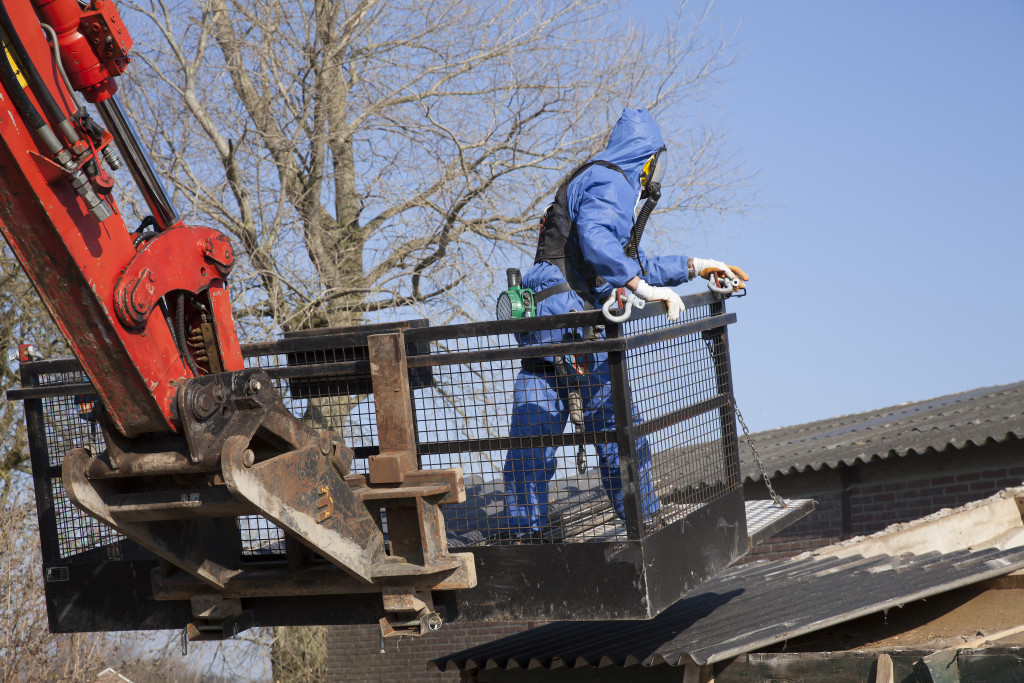Safety is one of the most important aspects of any project. It is the responsibility of everyone involved in a project to ensure that the site is safe for all workers, visitors, and members of the public.
Neglecting to follow safety protocol can result in serious injuries or even fatalities. Therefore, all construction sites must implement practices to increase safety and reduce the risk of accidents. So, this article will tackle some of the methods that can be done to achieve a safer project site.
Comprehensive safety training for workers
One of the most critical aspects of site safety is comprehensive training for all workers. By ensuring that all workers are adequately trained in safety procedures, businesses can dramatically reduce accidents and injuries on project sites.
Furthermore, businesses should also provide regular safety refresher courses to keep workers up-to-date on best practices. In addition to training, companies should also implement strict safety protocols and procedures that must be followed by all workers. By maintaining a safe working environment, companies can protect their workers and safeguard their investment in the project.
Providing a designated resting area
Construction workers are susceptible to various health hazards while on the job. To reduce the risk of injury, it is essential to implement multiple safety practices at project sites. One such method is providing a designated resting area for employees.
One good example here is investing in trailers for construction sites. Construction trailers are semi-permanent or permanent structures that provide office, storage, and sleeping space for construction crews working on site. The trailers are typically 8 feet wide by 40 feet long and come with various amenities such as air conditioning, lighting, and toilet facilities. Nowadays, some trailers even come with a kitchenette. Construction trailers can be rented or purchased outright and are typically parked on site. Having a designated resting area means that construction workers have a place to take a break, get some rest, and eat their meals without having to leave the project site.
Safety management system
 A safety management system (SMS) is a systematic approach to managing safety, covering both physical and psychological health. It includes four key components: policy, organization, procedures, and resources. An effective SMS will help reduce accidents by identifying hazards and risks early on and putting in place controls to mitigate these. It should also be designed to encourage reporting unsafe conditions and near misses.
A safety management system (SMS) is a systematic approach to managing safety, covering both physical and psychological health. It includes four key components: policy, organization, procedures, and resources. An effective SMS will help reduce accidents by identifying hazards and risks early on and putting in place controls to mitigate these. It should also be designed to encourage reporting unsafe conditions and near misses.
There are many ways to implement an SMS. One common approach is appointing a safety manager responsible for developing and enforcing safety policies. Other measures include regular safety audits, incident investigations, and safety training.
Ensuring that workers have the necessary PPE
Personal Protective Equipment, or PPE, is essential for workers in various industries. PPE helps to protect workers from hazards such as falling objects, chemicals, and electrical shocks. Employers must implement specific practices to ensure that workers have the necessary PPE. For instance, employers should conduct a hazard assessment to identify potential dangers. They should also provide training on how to use PPE and how to recognize when it is necessary. Furthermore, employers should regularly inspect PPE for signs of wear and tear. By taking these steps, employers can help create a safe workplace and reduce the risk of injury for their employees.
Regular safety audits
One of the best ways to ensure a project site is safe is to conduct regular safety audits. Safety audits should be performed by a qualified safety professional. They should include a review of all safety-related procedures, policies, and hazards. The safety audit results should be shared with all project stakeholders, and corrective action should be taken if any risks are identified. Additionally, all employees should be trained on the results of the safety audit and on how to safely work in the project area. By conducting regular safety audits and taking corrective action as needed, project managers can help ensure that their project sites are safe for everyone involved.
Ensuring that all workers are aware of the emergency procedures
Implementing practices to increase safety in project sites is essential in ensuring the safety of all workers. One way to ensure that all workers are aware of the emergency procedures is to have a safety meeting at the beginning of each shift. During these safety meetings, the site foreman will review the emergency procedures and ensure that everyone understands what they need to do in case of an accident. Additionally, regular safety inspections should be conducted throughout the project site. These inspections should identify potential hazards and correct them before they cause an accident. By implementing these practices, we can help ensure all workers’ safety on site.
The takeaways
The safety of people in construction projects is of paramount importance. To ensure the safety of workers, it is crucial to implement practices such as those mentioned above. Keep your project site safe and avoid accidents by being proactive about safety.


